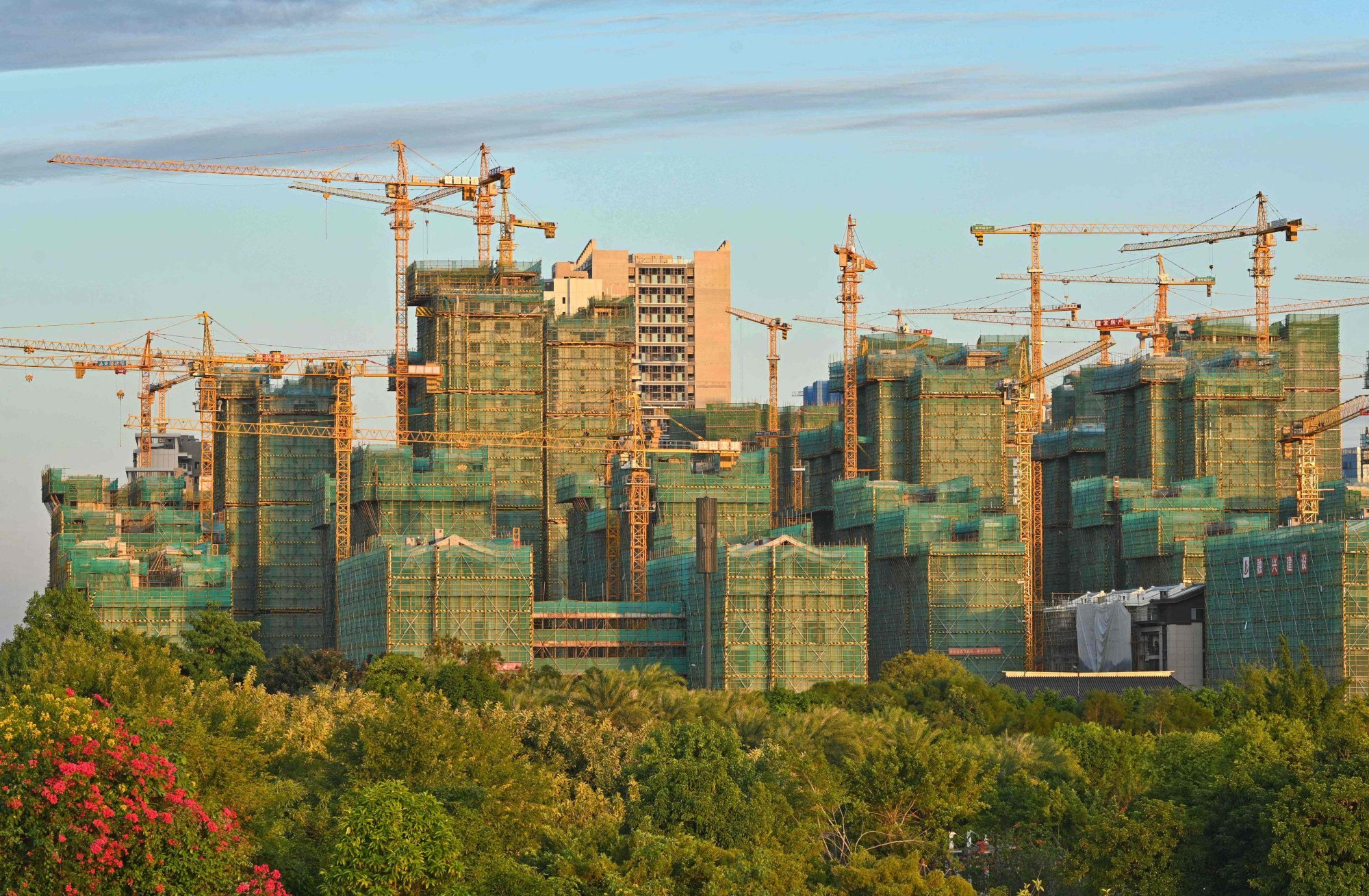
No U-turn on China’s regulatory crackdown in 2022, but policy easing should lift investor spirits
- China’s stock market is rebounding as officials attempt to reassure investors. Beijing’s focus is on ensuring stable growth, but policymakers remain committed to long-term goals such as ‘common prosperity’
Some investors were worried that the “policy put” – the idea that policymakers would roll out supportive policies to prevent any huge downside and put an effective floor on economic growth – may have been weakened.
These meetings signal that a “policy put” remains in place even though officials may be more willing to tolerate short-term growth pain than before.
According to the PBOC, the cut will help reduce banks’ funding costs by around 15 billion yuan (US$2 billion) a year, which will in turn help lower borrowing costs for businesses and provide support for economic activities.
Policymakers have also sent strong signals that they will support the property sector. Protecting the interests of homebuyers seems to be a key focus, and local governments have been asked to help ensure property projects are delivered on schedule.

Regulators also pledged support for property development loans. In recent weeks, less-leveraged private property developers have started tapping the onshore corporate bond market.
For the year ahead, Beijing is expected to step up monetary and fiscal easing to shore up growth, providing further support for investors. However, unlike the cycles of 2015-16 or early 2020, macro policy easing will remain modest.
However, the emphasis on strict control of implicit local government debt will limit the strength of the infrastructure investment rebound next year.
Despite Beijing’s focus on ensuring that growth stays within a reasonable rage in 2022, policymakers remain committed to structural reforms.
Certainly, Chinese officials could ramp up easing, but aggressive policy measures are only likely in the event of a more broad-based growth slowdown, especially weakness in Chinese exports in addition to a slowing property sector and weak consumption.
Sylvia Sheng is a global multi-asset strategist at JP Morgan Asset Management


